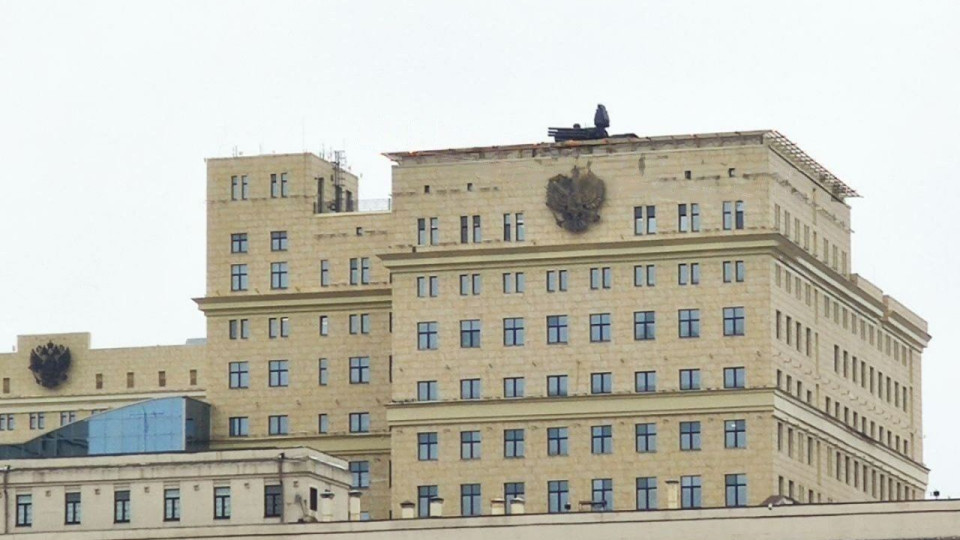Russian media and social media outlets have been publishing photos and videos of allegedly installed Pantsir-S1 anti-aircraft gun missile systems on the roofs of several buildings in Moscow, in particular on the roof of the Ministry of Defense.
Missile systems designed to intercept aircraft and incoming missiles have reportedly been deployed on top of several defense and administrative buildings in downtown Moscow, signaling that the Kremlin is preparing for a potential, if unlikely, attack being directed on the Russian capital.
Photographs published on social media yesterday showed a Pantsir missile system had been installed on the roof of an eight-story building used by the Russian defense ministry along the Moskva River.
Another video showed the air defense system being lifted on to the roof of an education building in Moscow’s Taganka district.
The short-to-medium-range systems are used to defend against aircraft, helicopters, and cruise missiles.
The Pantsir missile system is a family of self-propelled, medium-range surface-to-air missile and anti-aircraft artillery systems. Starting with the Pantsir-S1 as the first version, it is produced by KBP Instrument Design Bureau of Tula, Russia, and is the successor to the Tunguska M1.
The Pantsir-S1 was designed to provide point air defense of military, industrial and administrative installations against aircraft, helicopters, precision munitions, cruise missiles and UAVs; and to provide additional protection to air defense units against enemy air attacks employing precision munitions, especially at low to extremely low altitudes.
It is to be noted that images of the missile systems in Moscow emerged a day before western defense officials were set to meet at Ramstein airbase in Germany to agree on a new military aid package to Ukraine that could include the provision of heavy tanks.
The Associated Press says U.S. Defense Secretary Lloyd Austin and Army-General Mark Milley, chairman of the Joint Chiefs of Staff, are expected to discuss the latest massive package of aid the U.S. is sending — which totals $2.5 billion and includes Stryker armored vehicles for the first time.
But Russian officials have issued warnings ahead of the meeting, claiming that providing more advanced weapons could potentially spark a nuclear conflict.







